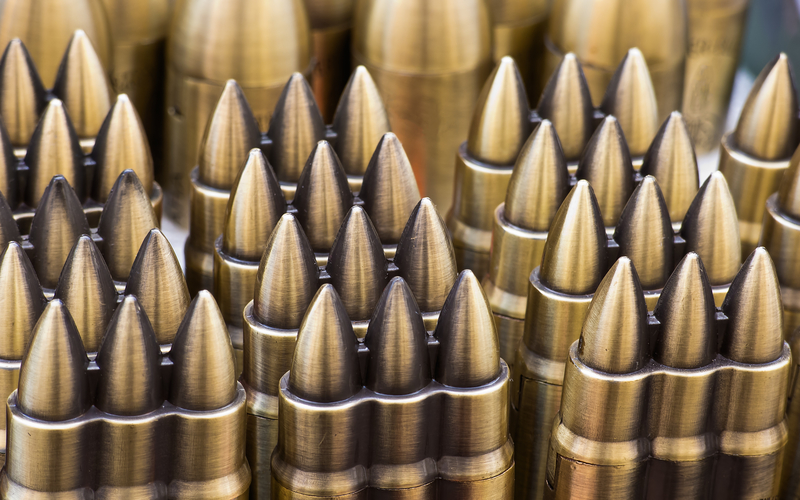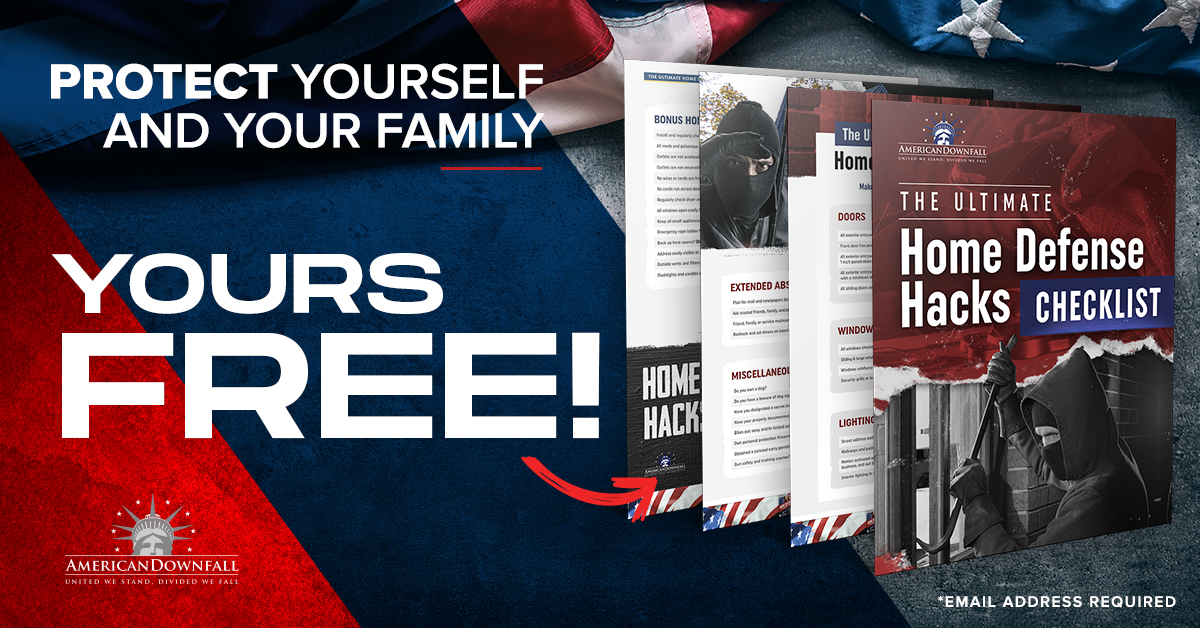When it comes to bullets, there is a LOT of information out there. Basic knowledge can be very useful when determining what type of firearm you may want to try out or eventually purchase.
Ammunition itself can be extremely intimidating to the novice. Selecting the right ammo for personal defense or hunting is a very important decision that can affect performance and safety. In this article, we’ll discuss some basic terms and then go into more detail on common ammo types.
First, let’s take a quick look at the most common types of weapons used by civilians for sport, home or personal defense.
Revolver – Named for its revolving cylinder that is usually made up of 6 chambers designed to hold one cartridge each. For the newbie, these are the types used in classic westerns. Think “6-shooter.”
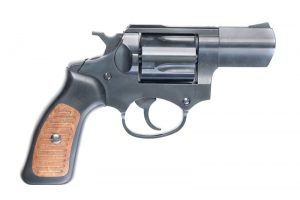
Pistol – This is the most common handgun used today by pros and amateurs alike. It’s a hand-operated weapon like the revolver but distinguishes itself primarily by using “clips” of ammo that can be changed out during use to expedite firing.
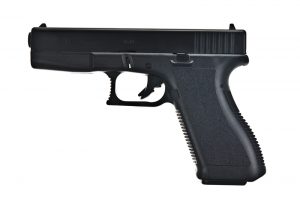
Rifle – The general term for any shoulder firearm that discharges its ammo through a barrel at least 16 inches in length or more.
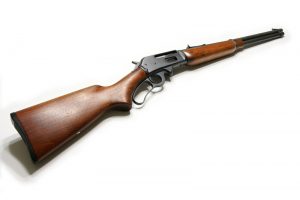
Basic Terms You’ve Probably Heard
Full Metal Jacket (FMJ) – The most common type of bullet. Made up of a softcore metal encased by a harder metal.
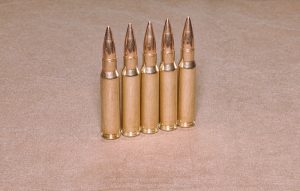
Hollow Point (HP) – Designed to expand on impact.
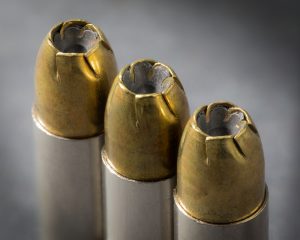
Open Tip (OTM) – Similar appearance to hollow points but the openings are too small to expand in the same manner.
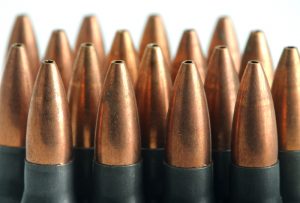
Ballistic Tip – A hollow point covered with plastic to copy the profile of a Full Metal Jacket.

Bird Shot and Buck Shot – Shotgun rounds that consist of small pellets within in each shell.
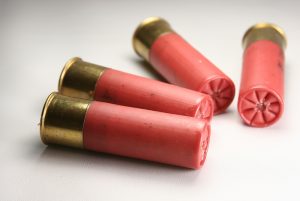
Bullet Size & Caliber
For firearms, “caliber” refers to the diameter of the inside of the barrel (also the diameter of the bullet used). Some common bullets include:
.22LR – The most common caliber in terms of units sold.
.25 ACP – Slightly larger than the .22 and slightly more powerful.
.380 ACP – One of the more popular caliber, the .380 has a low recoil making it easier to handle if you are just starting out.
9mm – Probably the most popular, it’s the same size as the bullet used in the .380 and the .38 Special. The difference lies in the amount of gunpowder used in each.
.38 Special – Most often used in revolvers. More recoil than the .380, especially when used in lighter weight revolvers.
7.62x39mm – A Soviet rifle round used in the AK-47. Moderate recoil.
.223 / 5.56x45mm – These 2 (.223 and the 5.56 Remington) are almost equal in dimensions.
5.56 has higher pressures. The .223 rounds can be fired in a 5.56 rifle, but the 5.56 rounds cannot be used in a .223 rifle. Each cartridge has light recoil.
.308 / 7.62x51mm – these both also have almost the same dimension but are not able to swap rifle use. Popular for hunting.
12 Gauge – The most popular shotgun round, recoil varies based on the round. Shotgun ammunition is the most versatile with birdshot and buckshot.
Some Final Notes on Selecting Your Ammo
When you get to the point where you are ready to select ammunition for whatever purpose you’ve obtained a firearm, it’s important to find out:
- The ballistics of the cartridge you’ve chosen
- Whether or not it’s appropriate for the job you need it to do (e., hunting, personal defense, target practice)
- How prone it is to going through objects or living tissue
That last one especially is crucial for safety and liability reason.

